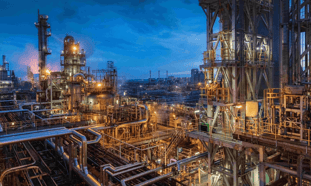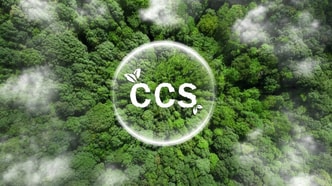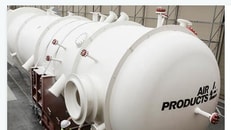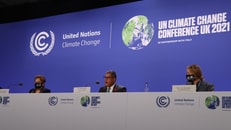FS Bioenergia to advance carbon capture negative-emission ethanol
One of Brazil’s biggest ethanol producers, FS Bioenergia, has advanced to the next phase of its carbon capture project, which is projected to cost approximately 460 million reais (US$82.2m).
This move positions the company to deliver what it claims will be the world’s first negative carbon-emission ethanol, marking a milestone in sustainable fuel production.
The company, with backing from US-based Summit AG Advisors LLC, announced plans on Tuesday to invest an additional 350 million reais ($62.5m) for equipment procurement and the implementation of carbon capture technology.
... to continue reading you must be subscribed
























